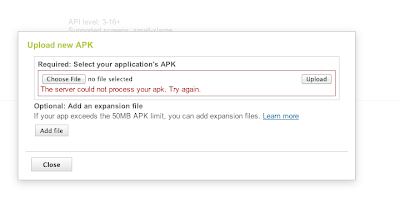Today I'm going to write on how to integrate Python with apache web server. All you probably know that Python is also a server side scripting language. So, like PHP and other server side scripting languages, you can use Python in the same way. This is not tough, just a matter of some minutes. Okay, before you start the tutorial, you must (most probably already you have) have the following installed in your computer/server. 1. Apache web server (Only apache or xampp, wamp etc anything containing apache will do). I'll use xampp as reference but others should behave the same 2. Python (I'm using 2.7) So, if you don't have these two installed, download and install them first and then continue As you are here, you have already installed apache/xampp/wamp and Python. Follow these steps 1. Go to your apache folder. In my case, as I'm using xampp it's in location C:\xampp\apache 2. Go to the conf folder and open the httpd.conf using a text editor. I pref
